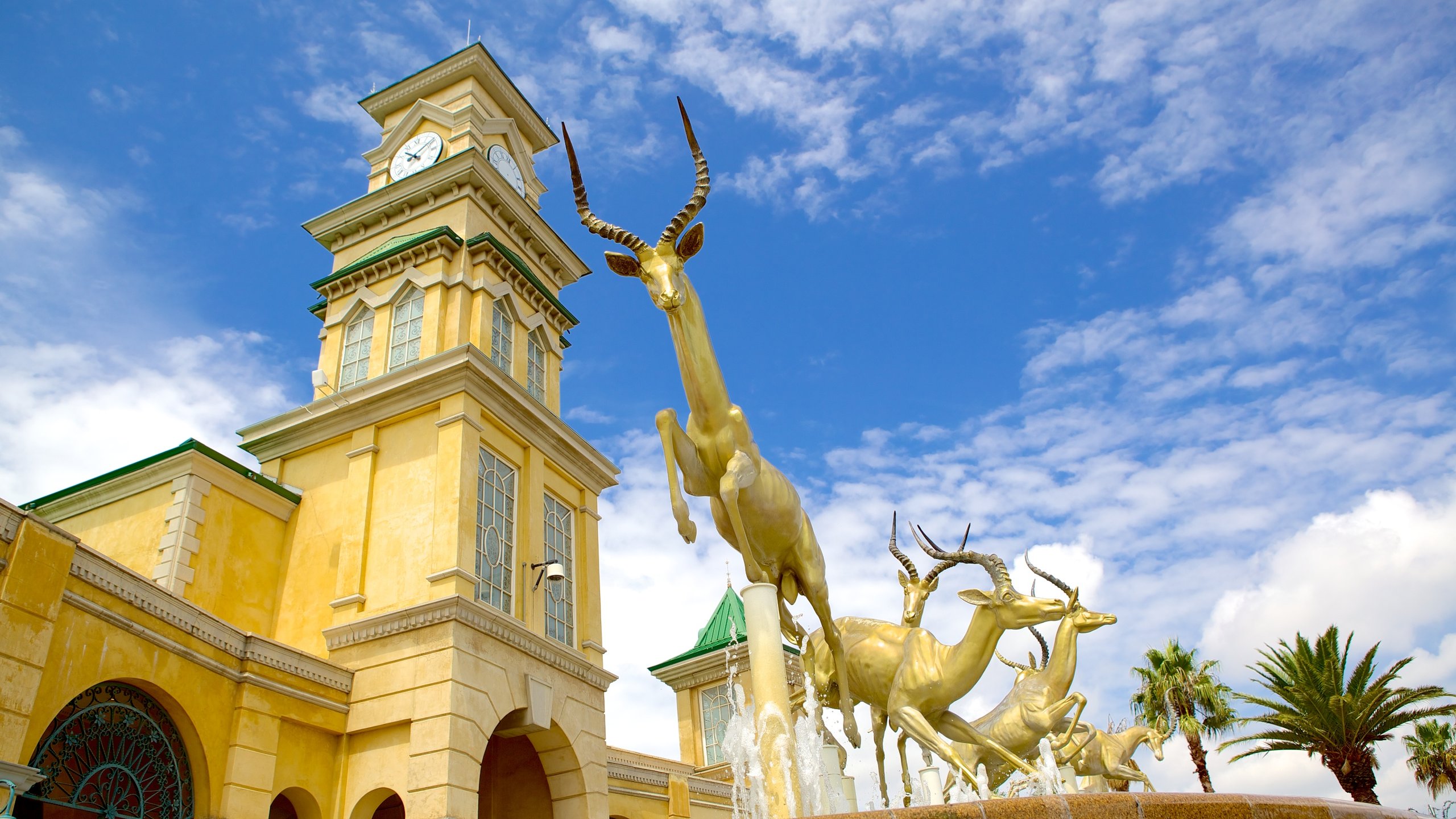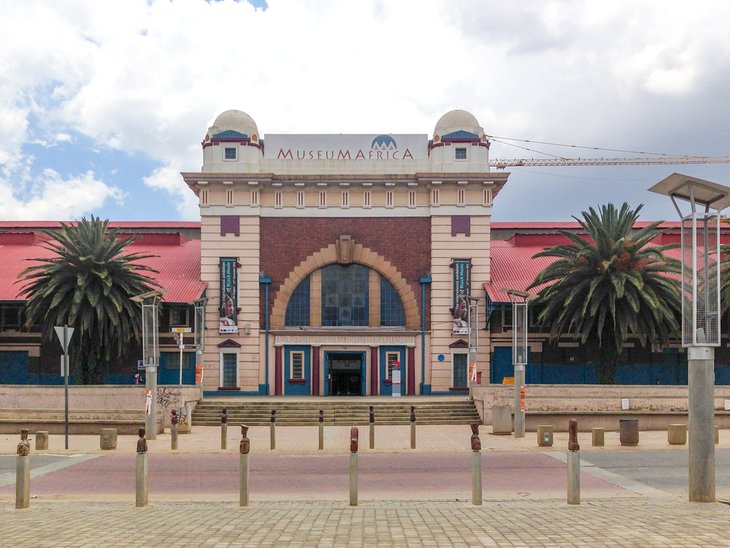Getting The Johannesburg North Attractions To Work
Getting The Johannesburg North Attractions To Work
Blog Article
The Buzz on Johannesburg North Attractions
Table of ContentsFacts About Johannesburg North Attractions RevealedNot known Facts About Johannesburg North AttractionsThe Ultimate Guide To Johannesburg North AttractionsThe 5-Minute Rule for Johannesburg North AttractionsThe Single Strategy To Use For Johannesburg North Attractions7 Simple Techniques For Johannesburg North Attractions
The city expanded on the side of the Witwatersrand Key Coral reef, a subterranean stratum of gold-bearing quartz-silica conglomerate that arcs for hundreds of miles below the Highveld - Johannesburg North attractions. Many of the gold mines in the city discontinued procedure in the 1970s, yet in its day the Witwatersrand gold market accounted for even more than 40 percent of the globe's yearly gold manufacturing.Johannesburg has a pleasant climate. Summer temperatures balance concerning 75 F (24 C); winter months temperatures average regarding 55 F (13 C) and only sometimes dip listed below freezing. The city appreciates concerning 8 hours of sunshine daily in both wintertime and summer season. Rain standards regarding 28 inches (700 millimetres) per annum, however the overall varies considerably from year to year.
What rain the city receives drops virtually specifically in the summer season months, usually in spectacular late-afternoon electric tornados. Air contamination presents a significant trouble, particularly in the winter season, when thermal inversions restrain the westward flow of air from the Indian Ocean. Air pollution is most serious in the densely settled Black townships on the city's perimeter, where lots of citizens still rely upon coal for gas.

Unknown Facts About Johannesburg North Attractions
The balance of the city is occupied by whites. Accommodation varies in personality and top quality. Soweto is well-known for its limitless rows of municipally developed, two-room matchbox homes, yet it likewise has a few prosperous territories along with bursting squatter camps, where tens of thousands live without water, electricity, or sanitation centers.
Physical growth, although rather limited by transport, continued promptly as immigration to South Africa, and Johannesburg in certain, enhanced significantly.
The majority of poor residential areas were mixed, with poor blacks and whites cohabiting, although the well-off suburbs were normally booked for whites. This altered with the political election of the National Event in the 1948 political elections, that began to formalise the system recognized as racism. Apartheid formally assigned which residential areas each race could reside in under the Team Locations Act.
The previous system of eleven phoned number areas was reorganised in 2006. Marshalltown, as seen from the top of the Carlton Centre. The M1 official statement and M2 run behind the structures, and the southerly suburban areas expand past the highway border. The internal city of Johannesburg is situated within the city's Area F. The approximated populace of the area is 200,000, [] The number of individuals living in the internal city on an informal basis is unidentified, as numerous are unlawful immigrants. A lot of higher-income residents and white individuals have moved to the northern residential areas and have been changed by lower-income black individuals. The joblessness, education and learning, and age accounts of the area are all unidentified, due to the difficulty of acquiring trusted information regarding the location.
Johannesburg North Attractions for Dummies
Yeoville and Bellevue have a mix of home buildings and single property devices on small great deals. The region is located on a mountainous divide that ranges from eastern to west. One of the most noticeable geographic function is Observatory Ridge, which is named for the large observatory situated on it. The leisure areas are no more utilized, because of security troubles.

Johannesburg Stadium, a training school for both the Golden Lions and Orlando Pirates, is nearby. The eastern suburban areas of Johannesburg are situated in the city's 7th [] and 9th [] areas. The area is additionally functionally integrated with East Rand border communities outside of the official boundary of Johannesburg, such as Bedfordview and Edenvale (both component of Ekurhuleni Metropolitan Community).
The 15-Second Trick For Johannesburg North Attractions
R. Tambo International Flight Terminal). The eastern residential areas are a few of the earliest locations of Johannesburg, there are huge areas of Jewish and various other European histories, most of the population is English talking. There are 3 golf programs along with a variety of safeguarded ridges with viewsites. There are numerous well-developed and up-market amusement and purchasing areas in the eastern such as the Eastgate Shopping Center and the Greenstone shopping center.
Initially built to house male migrant employees, numerous have been boosted as houses for pairs and families. The suburban area was not traditionally allowed to create work centres within the location, so practically all of its locals are commuters to various other parts of Johannesburg North attractions the city.
How Johannesburg North Attractions can Save You Time, Stress, and Money.
The N1 Western Bypass connects the northern residential areas with the north-western residential areas. The suburbs in the northern residential areas are primarily formal, without substantial locations of casual housing, or housing that lacks an irreversible structure. This is a well-known location, there is a pattern of land use change from residential to industrial, particularly along major arterial roadways and around well-known nodes.
The location is well attached to road networks, particularly along the north-south axis created by the M1 and N1. Roadways to the east and west are less well established, as there are no highways travelling in that direction. Towards the northern border of the city, the thickness of development decreases, leaving large locations of undeveloped land around Midrand.
The Single Strategy To Use For Johannesburg North Attractions
, which is click this site located on a hill overlooking the inner city and Hillbrow.
Report this page